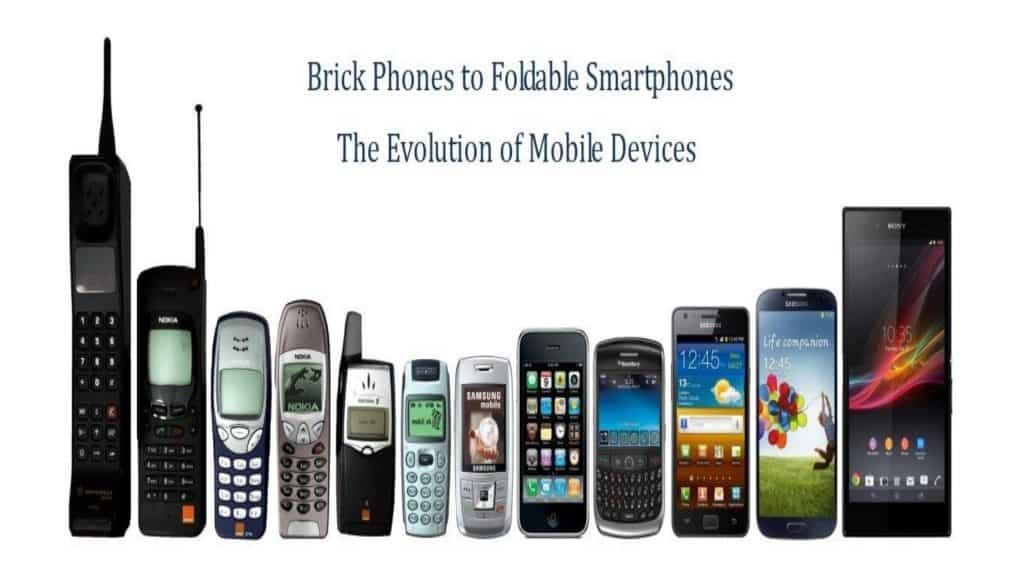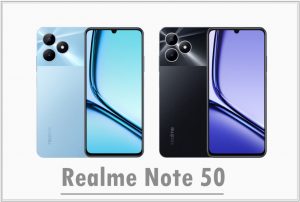Brick Phones To Foldable Smartphones: The Evolution of Mobile Devices

In the fast-paced world of technology, mobile phones have come a long way since their inception. From the bulky and robust brick phones to the sleek and innovative foldable smartphones of today, the evolution of mobile devices has been nothing short of remarkable. In this article, we delve into the fascinating journey of how brick phones transformed into foldable smartphones, revolutionizing the way we communicate, work, and entertain ourselves.
The Era of Brick Phones
Before the advent of smartphones, brick phones dominated the mobile phone market. These early devices were characterized by their large size, limited functionality, and basic features. The term “brick phone” referred to their brick-like shape and hefty weight, making them a far cry from the compact and lightweight smartphones we know today.
Brick phones were primarily designed for making calls and sending text messages. They had monochromatic screens and physical keypads, offering a simple yet effective means of communication. While they lacked the advanced features and capabilities of modern smartphones, these devices paved the way for the mobile revolution that was to come.
The Rise of Feature Phones
As technology progressed, brick phones evolved into feature phones. Feature phones represented a significant leap forward in mobile device technology, offering enhanced functionality and a more user-friendly interface. These devices introduced color displays, improved battery life, and the ability to run basic applications and games.
Feature phones became popular among consumers who sought more than just basic communication. They provided access to multimedia content, including music, photos, and videos. The inclusion of rudimentary web browsers enabled users to access simplified versions of websites, opening up new possibilities for information consumption on the go.
The Emergence of Smartphones
The true revolution in the mobile industry came with the introduction of smartphones. Smartphones combined the features of a mobile phone with the capabilities of a computer, revolutionizing the way we interact with technology. With their powerful processors, advanced operating systems, and high-resolution touchscreens, smartphones unlocked a whole new world of possibilities.
Early smartphones, such as the iPhone and Android devices, introduced the concept of mobile apps and app stores. Users could now download and install a wide range of applications to customize their devices and enhance their functionality. The introduction of touchscreens made navigation and interaction more intuitive and seamless.
The Journey to Foldable Smartphones
As smartphones continued to evolve, manufacturers sought to push the boundaries of design and functionality even further. This led to the development of foldable smartphones – devices that could be folded and unfolded to transform between a compact form factor and a larger, tablet-like display.
Foldable smartphones represent the culmination of years of technological advancements and innovative engineering. They utilize flexible display technologies, such as OLED, to create screens that can bend and flex without compromising visual quality. These devices provide users with the convenience of a pocket-sized phone and the productivity of a larger screen when needed.
The Advantages of Foldable Smartphones
Foldable smartphones offer several advantages over traditional smartphones and brick phones. Here are some key benefits that make foldable devices an enticing option:
1. Enhanced Multitasking
Foldable smartphones provide an expansive canvas for multitasking. With their larger screens, users can effortlessly run multiple applications side by side, boosting productivity and efficiency.
2. Versatile Form Factors
The ability to transform between a phone and a tablet-like device offers unparalleled versatility. Foldable smartphones cater to both portability and immersive content consumption, adapting to users’ needs in various scenarios.
3. Improved Display Real Estate
Foldable smartphones offer larger displays compared to their non-foldable counterparts. This expanded screen real estate enhances the overall viewing experience, making it ideal for media consumption, gaming, and productivity tasks.
4. Future-Proof Design
Foldable smartphones represent the cutting edge of mobile technology. Investing in a foldable device ensures you’re at the forefront of innovation, future-proofing your smartphone experience as new features and advancements continue to emerge.
Conclusion
From the early brick phones to the modern marvels of foldable smartphones, the evolution of mobile devices has revolutionized the way we communicate, work, and stay entertained. The journey from bulky brick phones to sleek foldable devices highlights the incredible progress made in technology and design. Foldable smartphones offer enhanced functionality, versatility, and a glimpse into the future of mobile computing.






